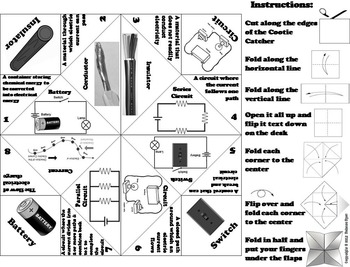

Principles of Engineering Activity Electrical Circuits Simulation Activity Electrical Circuits Simulation Introduction Since the late 1800s, engineers have designed systems to utilize Electrical energy due to its ability to be converted, stored, transmitted, and reconverted efficiently into other forms of energy. Explain the difference between the voltage output at the battery and the voltageġ 2012 Project Lead The Way, Inc.
#Activity 1.2.3 electrical circuits physical series
Explain the primary difference between a series and a parallel circuit. Principles of Engineering Activity 1.2.3 Electrical Circuits Simulation – Conclusion Questions 1. Current is the net transfer of electric charge per unit of time. Regardless of the conversion process, Electrical energy consists of three basic components: current, voltage, and resistance. Electrical energy, depending on geographic location, is converted from mechanical energy, chemical energy, light energy, and thermal energy before it reaches the consumer. Today s consumer utilizes Electrical energy in all aspects of life, from cell phones and computers to refrigeration and heating and cooling systems, and even transportation. In the 21st century, Electrical energy production, distribution, and application have become consumer driven. Example: biology Search Activity 1.2.3 Electrical Circuits – SimulationĢ012 Project Lead The Way, Inc.


 0 kommentar(er)
0 kommentar(er)
